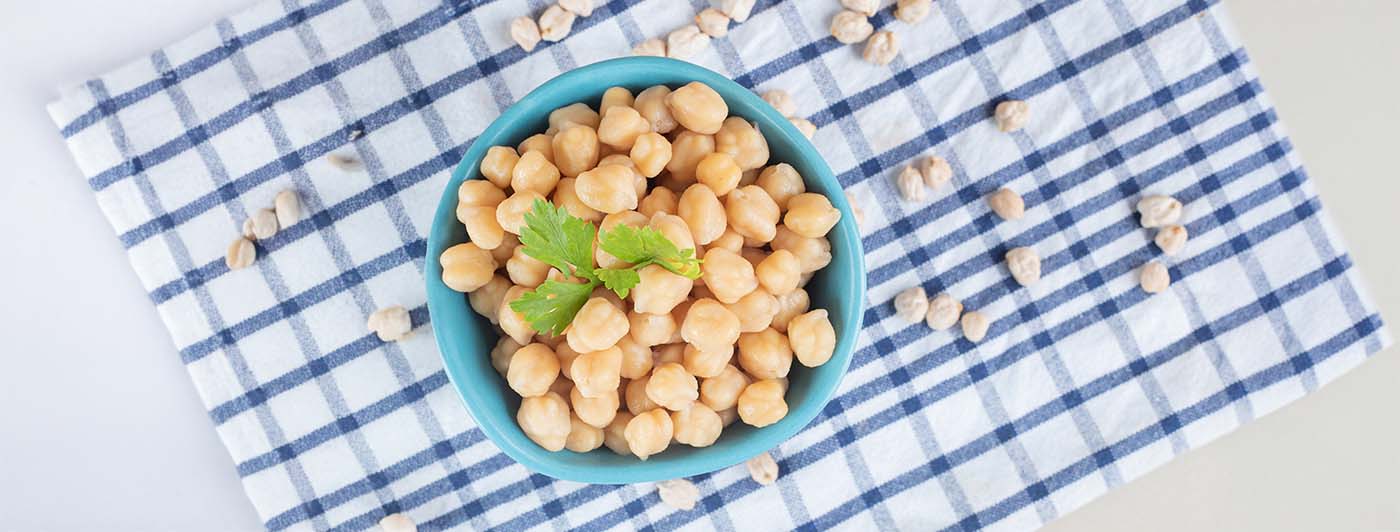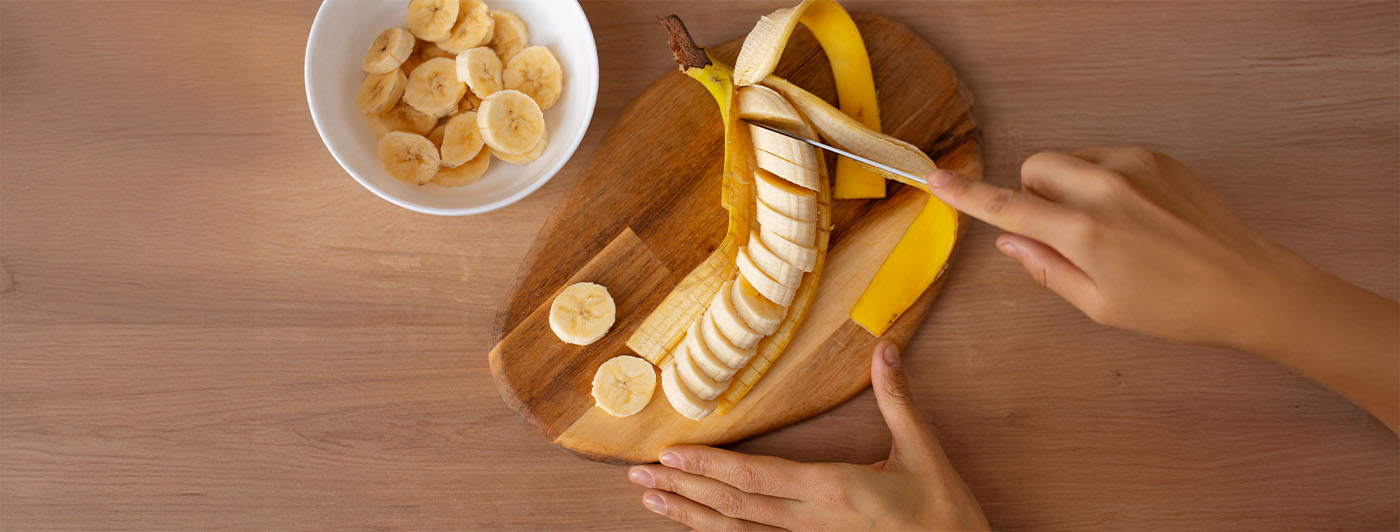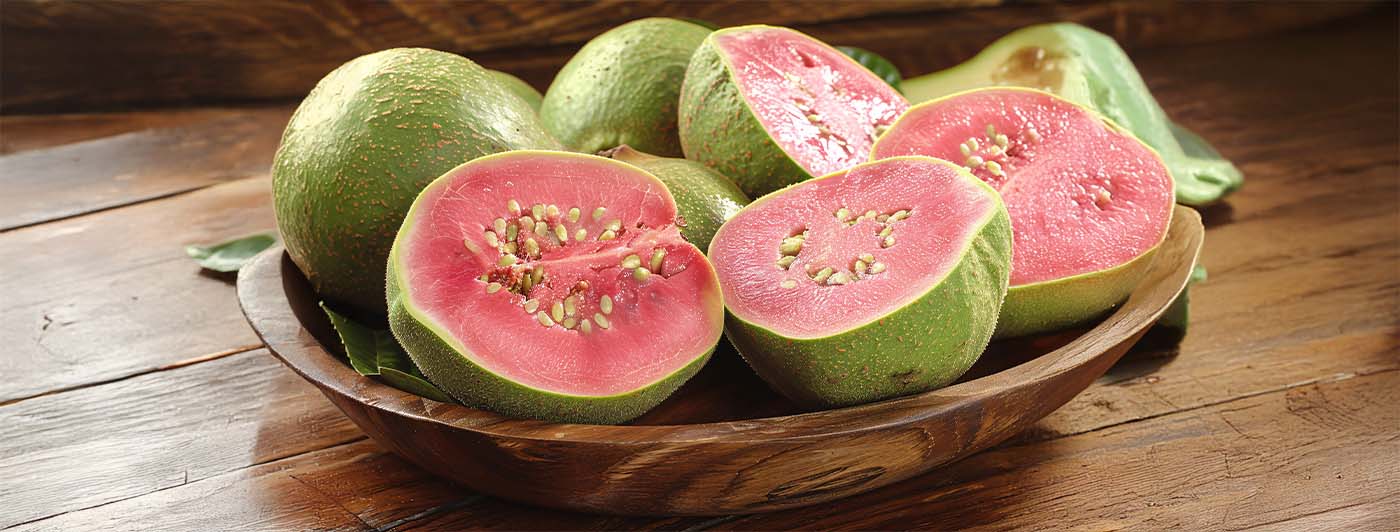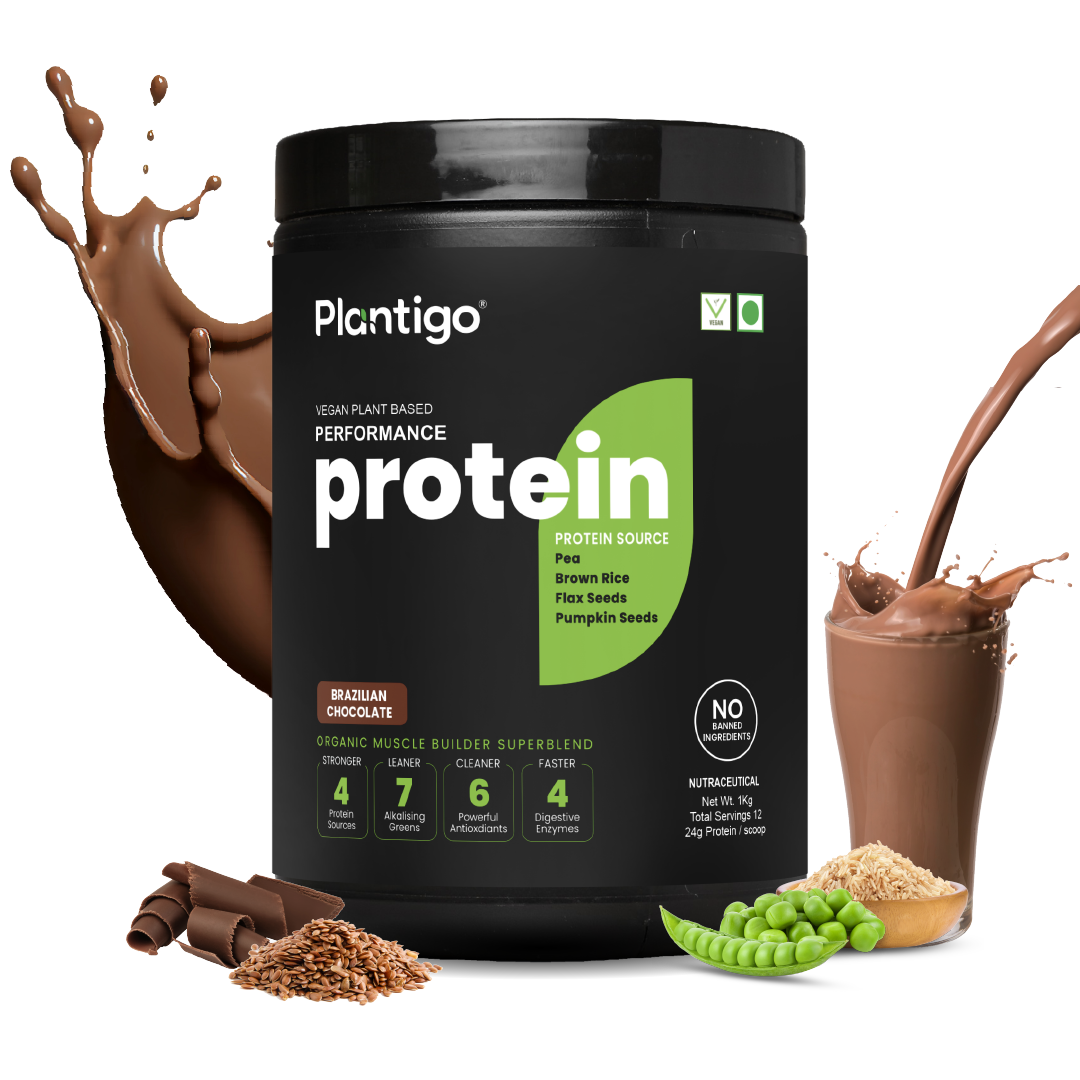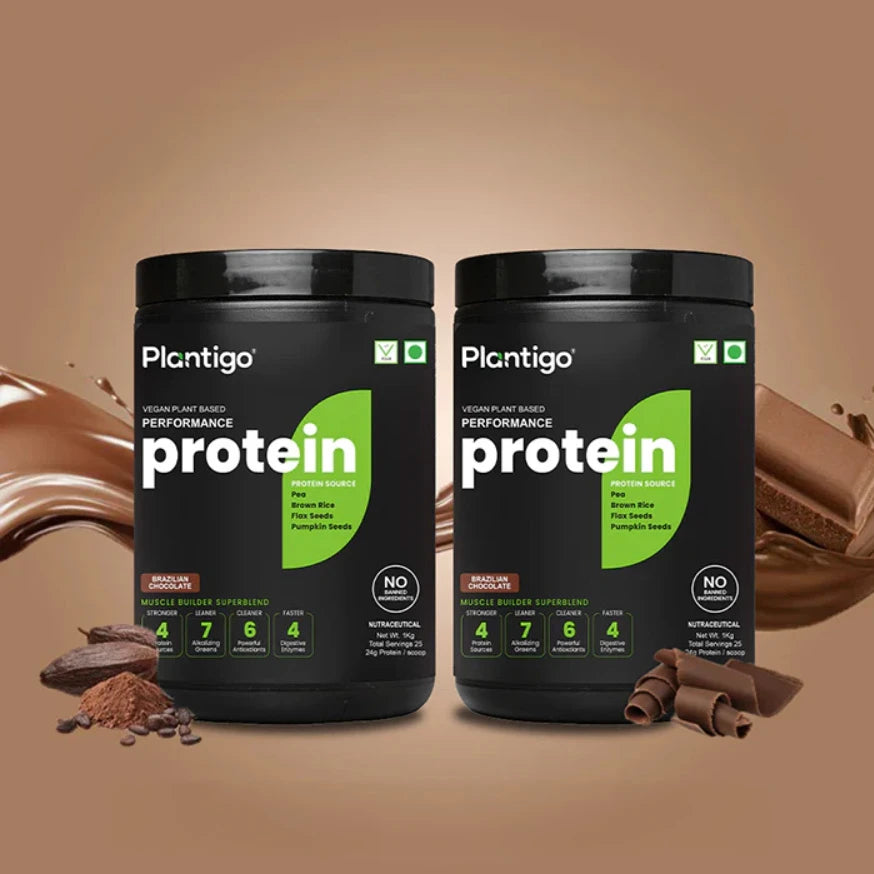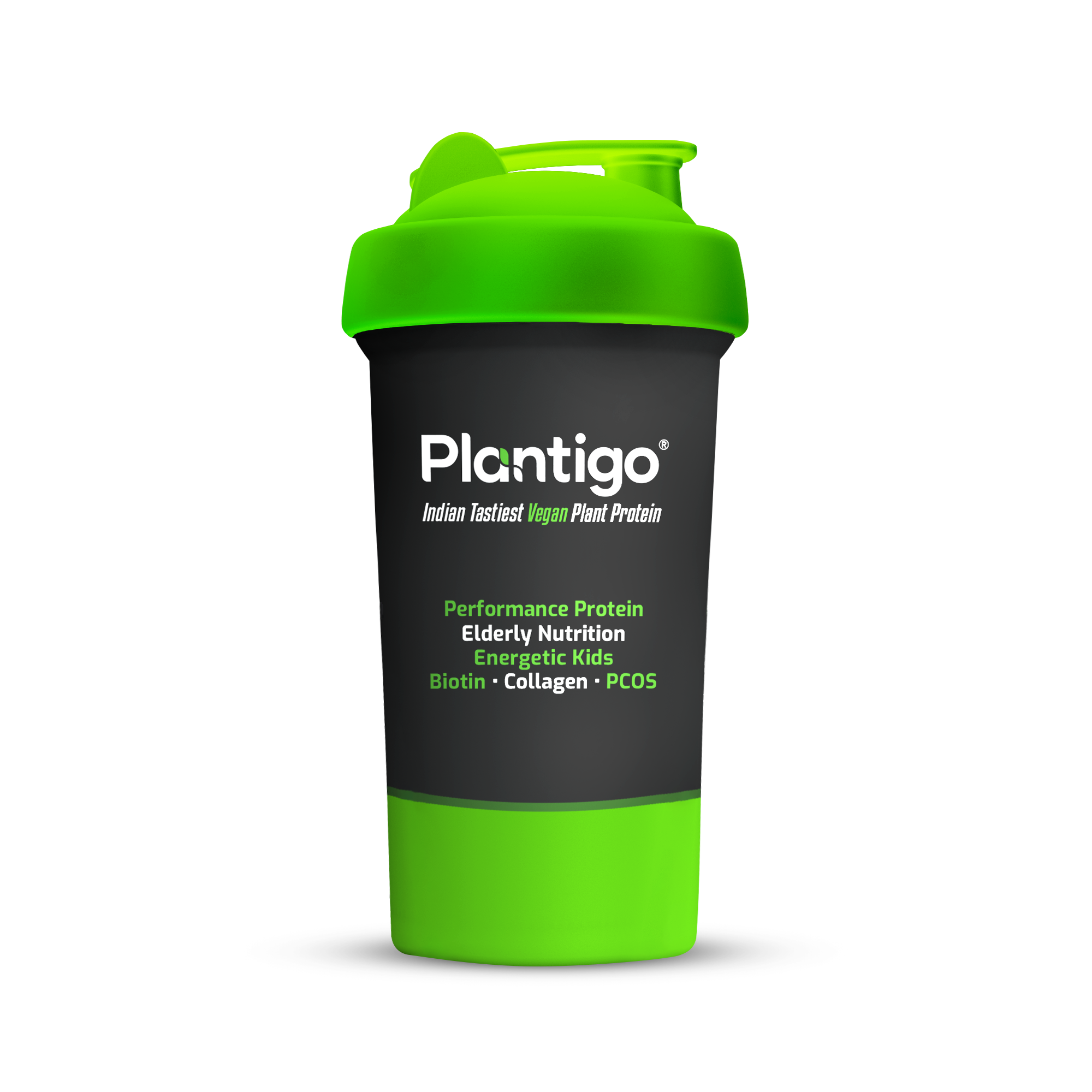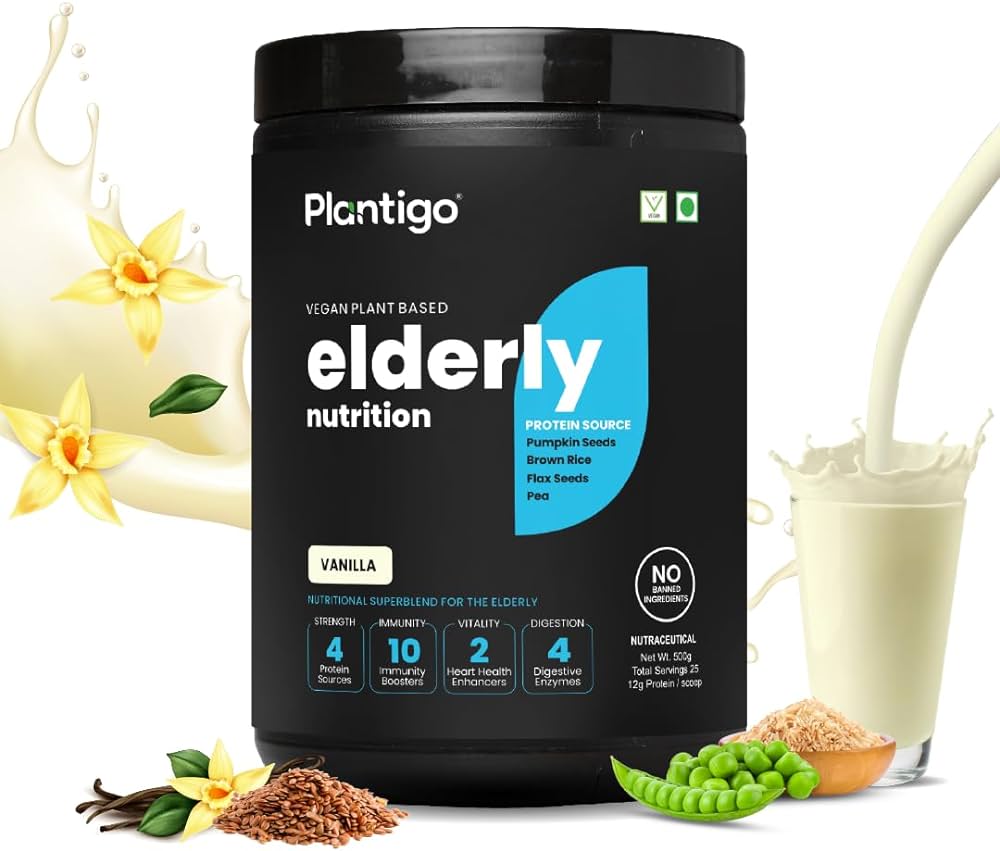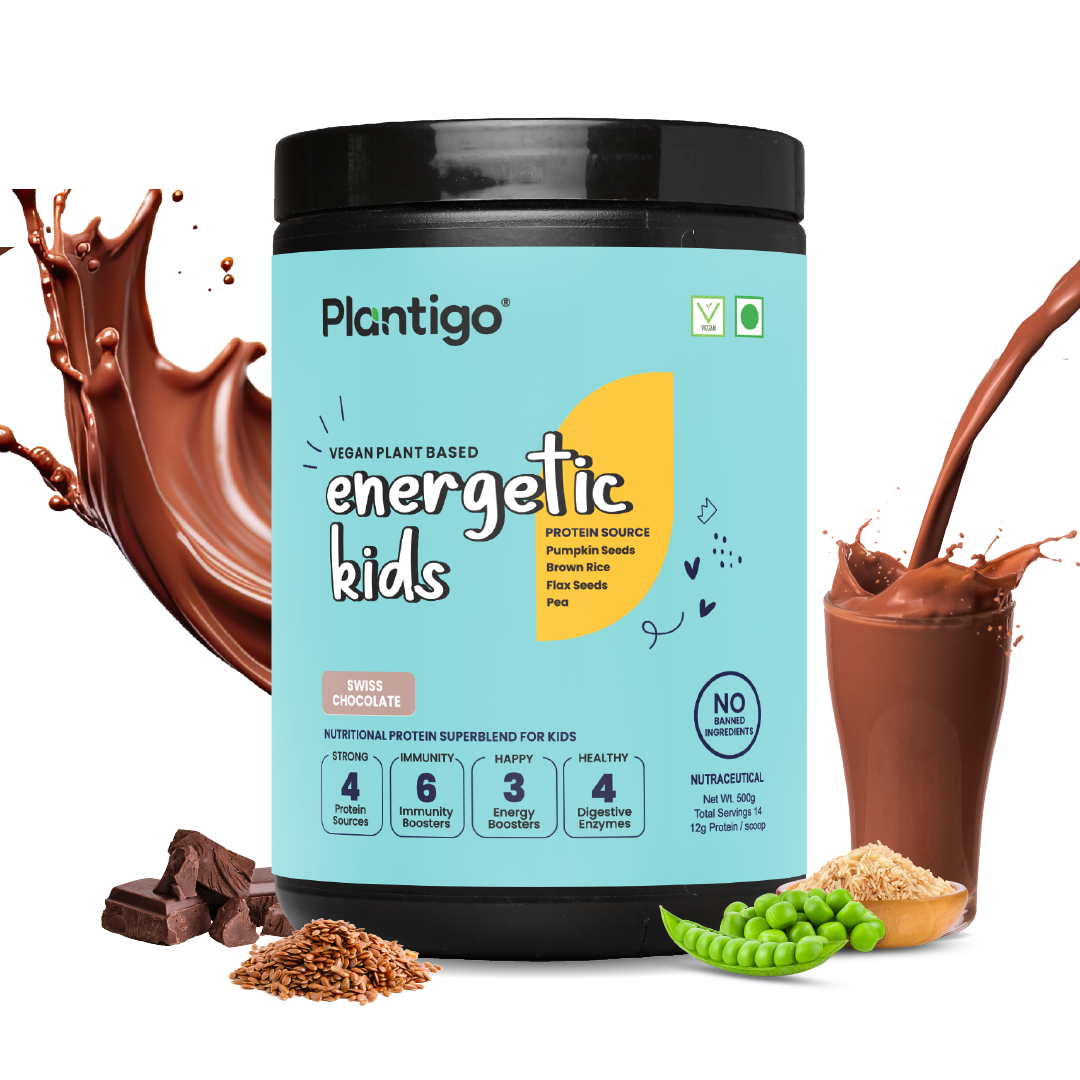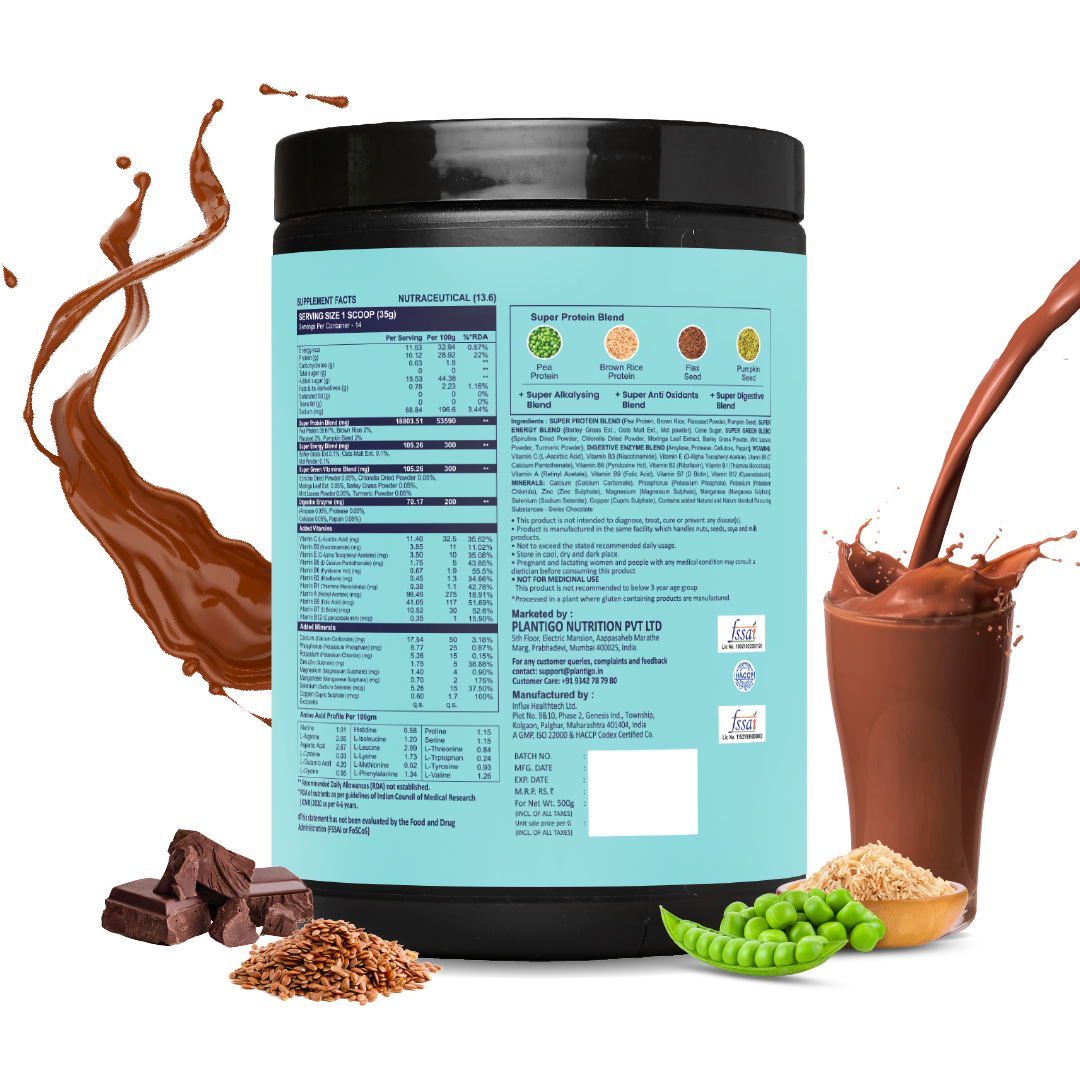What if I told you that one of the best muscle-fuelling, energy-boosting plant protein sources isn’t hiding in some fancy imported jar… but is probably chilling in your kitchen right now? Nope, it’s not quinoa. Not tofu. We’re talking about the humble chana — the superhero of Indian snacks and curries.
If you’re looking for an affordable, versatile, and nutrient-dense food, protein in 100 gm chana is worth paying attention to. Chana, also known as chickpeas or Bengal gram, is a staple in many Indian households and is packed with protein, fiber, vitamins, and minerals. But how much protein does it really contain, and why should you make it part of your diet?
How much protein is in 100 gm chana?
100 grams of raw chana contains about 19 grams of protein, along with ~17g of dietary fiber, ~61g of complex carbs, and essential minerals like iron, magnesium, and selenium. This makes it a nutrient-dense, affordable plant-based protein source that supports muscle health, digestion, heart health, and weight management.
In this guide, we’ll explore:
-
The nutrition facts of protein in 100 gm chana
-
7 science-backed benefits of eating chana regularly
-
How chana compares to other protein sources
-
Tips on including it in your diet effectively
1. Nutrition Facts: Protein in 100 gm Chana
Before we get into the benefits, let’s break down the nutritional profile of protein in 100 gm chana (raw, whole Bengal gram):
|
Nutrient |
Amount (per 100g raw) |
|
Protein |
~19 g |
|
Carbohydrates |
~61 g |
|
Dietary Fiber |
~17 g |
|
Fat |
~6 g |
|
Calories |
~364 kcal |
|
Iron |
~4.3 mg |
|
Folate |
~557 µg |
|
Magnesium |
~160 mg |
|
Selenium |
~8.2 µg |
According to USDA FoodData Central, 100 g of raw whole Bengal gram (chana) contains about 19 g of protein, 17 g of dietary fiber, 61 g of complex carbohydrates, and key minerals like iron, magnesium, and selenium.
2. 7 Powerful Benefits of Eating Chana
Let’s unpack the key health benefits backed by nutritional science.

1. Excellent Source of Plant-Based Protein
The protein in 100 gm chana helps build and repair muscle, supports enzyme function, and keeps you feeling full for longer. For vegetarians and vegans, it’s an affordable alternative to animal protein sources, especially when combined with grains for a complete amino acid profile.
2. Supports Weight Management
Due to its high protein and fiber content, chana can be a valuable part of a calorie deficit diet. Protein boosts satiety hormones while fiber slows digestion, meaning you stay fuller for longer and avoid unnecessary snacking.
3. Improves Digestive Health
Chana is naturally high in dietary fiber, which supports regular digestion and feeds the good bacteria in your gut. Pairing it with fiber rich vegetables like spinach, broccoli, and carrots can further improve digestive health, as explained by Harvard’s Nutrition Source.
4. Aids in Blood Sugar Control
The combination of protein, fiber, and complex carbs in protein in 100 gm chana helps prevent sharp blood sugar spikes. This makes chana a great choice for people managing blood sugar or at risk for type 2 diabetes.
5. Boosts Mineral Intake
Chana contains minerals like magnesium, phosphorus, and selenium—placing it among selenium rich foods that help support thyroid function and immunity. It also contains iron for oxygen transport and folate for cell health.
6. Heart Health Benefits
The soluble fiber in chana can help lower LDL (bad) cholesterol levels, while its potassium content supports healthy blood pressure. Including it in a balanced diet rich in vitamin d rich foods vegetarian options like fortified plant milk can further support cardiovascular well-being.
7. Versatility for Every Diet
Whether you follow a high-protein diet, a fruit diet for weight loss in 7 days, or even a traditional Indian vegetarian meal plan, chana fits in seamlessly. It can be used in salads, curries, snacks, or even roasted as a healthy munching option.
3. Comparing Chana with Other Protein Sources
Here’s how the protein in 100 gm chana compares to other plant-based foods:
|
Food Item |
Protein per 100g (raw) |
|
Chana (Bengal gram) |
19 g |
|
Rajma protein per 100g |
~24 g |
|
Lentils |
~18 g |
|
Quinoa |
~14 g |
|
Peanuts |
~25 g |
While rajma protein per 100g is slightly higher, chana stands out for its better balance of fiber, minerals, and overall versatility in cooking.
4. Chana vs Everyday Foods
Many people underestimate how much protein they actually consume in daily meals. For example, 1 roti protein content is only around 2–3 grams, meaning you’d need about 6–8 rotis to match the protein in 100 gm chana. That’s why adding legumes like chana is an easy way to boost your daily intake without drastically increasing calories.
5. How to Include Chana in Your Diet
Here are some practical, delicious ideas to maximize the benefits of protein in 100 gm chana:
-
Boiled Chana Salad – Toss boiled chana with cucumber, tomato, onion, and lemon juice.
-
Chana Masala – Cook with onions, tomatoes, and spices for a hearty meal.
-
Roasted Chana Snack – Roast with a pinch of salt and turmeric for a crunchy snack.
-
Chana in Soups & Stews – Adds thickness, flavor, and protein to any recipe.
-
Sprouted Chana – Improves digestibility and nutrient absorption.
For an extra protein punch, you can pair chana dishes with plant based protein powder smoothies or shakes post-workout.
6. Chana and the Best Plant-Based Protein Choices
While there’s no single "perfect" protein source, chana ranks high among the best plant based protein options due to its affordability, availability, and nutrient balance. Unlike some processed protein sources, chana offers protein with natural fiber, minerals, and zero cholesterol.
If you combine chana with grains like rice or wheat, you create a complete amino acid profile—similar in quality to animal protein.
7. Chana in Specialized Diets
For Muscle Gain
Pair protein in 100 gm chana with plant protein shakes or peanut butter sandwiches for higher calorie and protein intake.
For Weight Loss
Include chana in soups, salads, and low-oil curries as part of a calorie deficit diet. The fiber keeps you full while the protein supports muscle preservation.
For Vegan & Vegetarian Nutrition
Combine chana with vitamin d rich foods vegetarian options to cover micronutrient needs, as plant-based diets sometimes fall short in certain vitamins and minerals.
8. Fun Facts About Chana
-
Chana has been cultivated for over 7,000 years and is one of the earliest domesticated legumes.
-
It’s a staple in Middle Eastern hummus, Indian curries, and Mediterranean salads.
-
Sprouting chana can slightly increase its vitamin C content, which is otherwise low in legumes.
9. Precautions and Considerations
While the protein in 100 gm chana offers many benefits, moderation is key:
-
Excess raw or undercooked chana can cause bloating due to certain oligosaccharides.
-
People with kidney issues should consult a doctor before increasing protein intake significantly.
-
Soaking and cooking properly can improve digestibility and reduce antinutrients like phytic acid.
Conclusion
The protein in 100 gm chana—around 19 grams—makes it a true nutrient powerhouse for anyone looking to boost their plant-based protein intake. From supporting muscle health to aiding weight management and providing minerals like selenium and iron, chana proves it’s more than just an everyday ingredient—it’s a long-term health investment.
Pair it with fiber rich vegetables, whole grains, and healthy fats, and you’ve got meals that are as satisfying as they are nourishing. And if you’re ready to take your protein game to the next level, complement your chana dishes with a clean, high-quality option like Plantigo Plant Protein for those days when you need a quick, complete protein boost.
Your body thrives on the right fuel—so why not start today? Stock up on chana, experiment with recipes, and make every bite count toward your health goals.
Frequently Asked Questions
1. How much protein is in 100 gm chana?
In its raw form, 100 g of whole Bengal gram (chana) delivers about 19 g of high-quality plant protein along with all nine essential amino acids, though in varying amounts. Unlike animal protein, it’s naturally cholesterol-free and paired with fiber, making it ideal for heart health and digestion.
2. Does soaking or cooking reduce the protein in chana?
Soaking and cooking don’t destroy protein, but they do change the weight-to-protein ratio. That’s because water is absorbed, increasing total weight while keeping absolute protein constant. So, 100 g of cooked chana may appear lower in protein (~8–9 g), but if you compare dry weight, the protein content is the same — just more digestible after cooking.
3. Is chana better than rajma for protein?
Rajma (kidney beans) has a slightly higher protein count per 100 g raw (~24 g) versus chana’s ~19 g, but protein quality isn’t just about grams. Chana offers more fiber and a better mineral balance (notably selenium and magnesium), plus it tends to cause less bloating for some people compared to rajma, making it a more versatile everyday protein.
4. How does protein in 100 gm chana help with weight loss?
Protein helps preserve lean muscle during a calorie deficit diet, while fiber prolongs satiety. The combo in chana slows down digestion, keeps hunger hormones in check, and helps prevent overeating — all while being low in fat and nutrient-rich, which is exactly what you want for sustainable fat loss.
5. Can chana be a complete protein source?
On its own, chana is slightly low in methionine, but when paired with grains like rice or wheat, it forms a complete amino acid profile. This pairing is common in traditional Indian meals and matches the protein completeness of many animal sources — making it a strong choice for anyone focusing on plant-based protein intake.
6. What nutrients do you get along with protein in chana?
In addition to ~19 g protein, 100 g raw chana delivers around 17 g dietary fiber, 4 mg iron, 160 mg magnesium, and 8 µg selenium. This makes it not only a protein source but also a selenium-rich food for immunity, a fiber-rich food for gut health, and a mineral source for muscle function and bone strength.
7. How can I easily add more chana protein to my meals?
You can add boiled chana to salads for texture, blend it into hummus for a creamy spread, roast it for a crunchy snack, or mix sprouted chana into grain bowls. For an extra boost, pair it with a plant-based protein powder in a post-workout smoothie — this blends quick-digesting protein from the powder with the slow-release protein from chana for sustained recovery.

